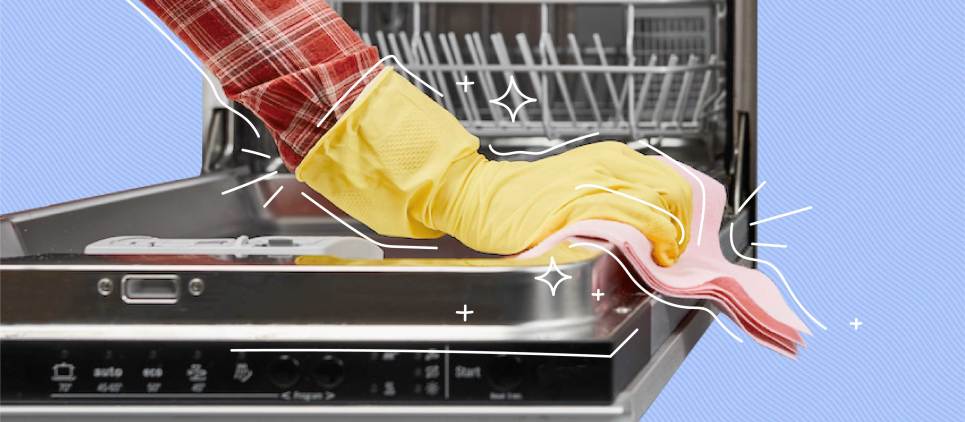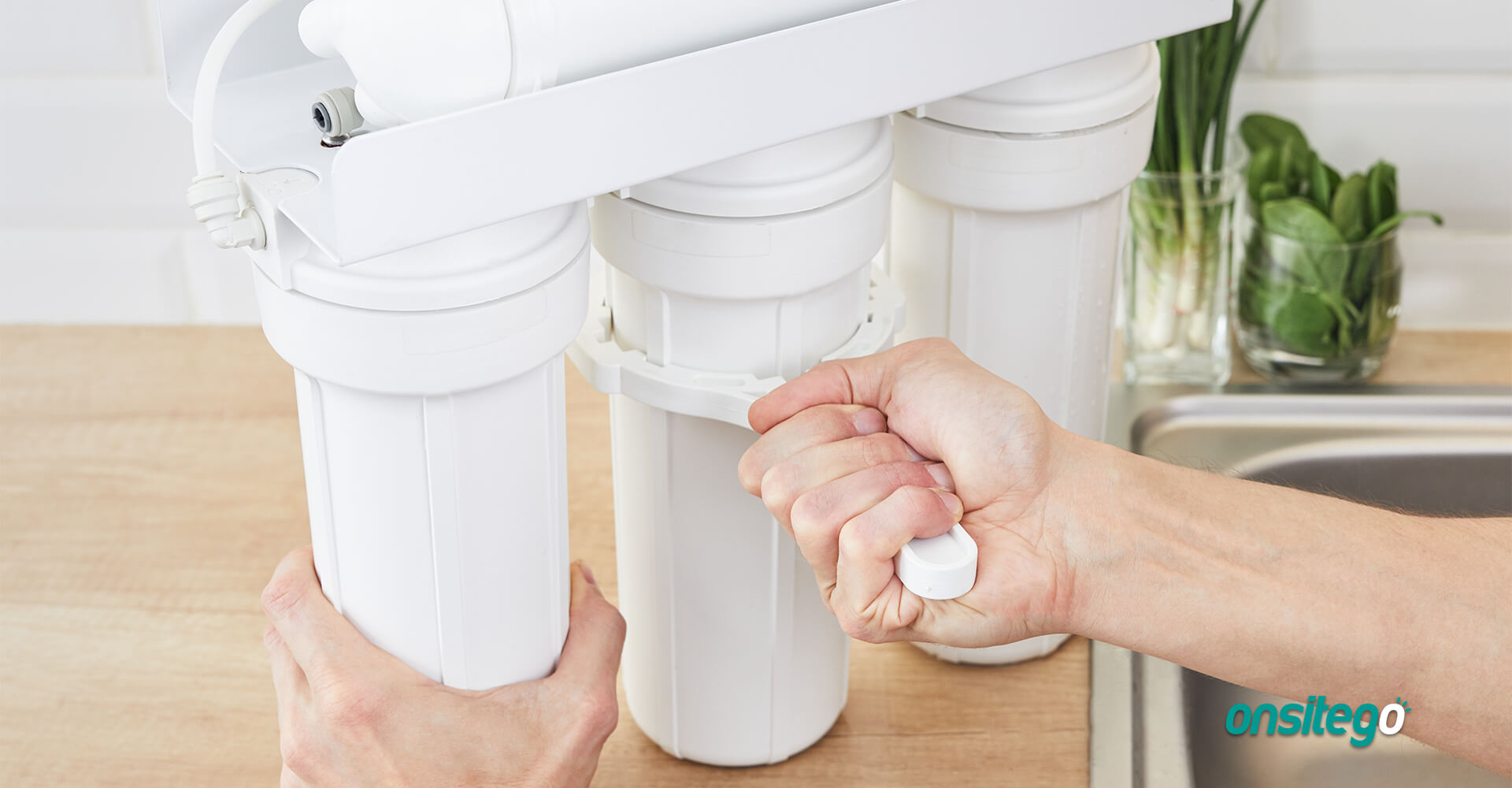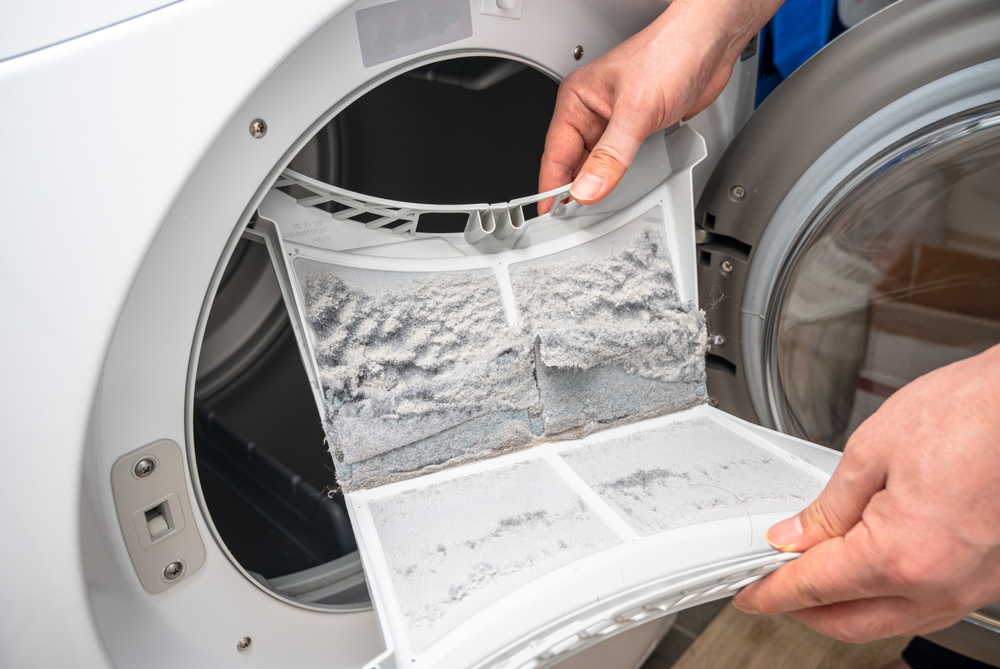Regular Dishwasher Cleaning: Essential Steps and Techniques
Keeping your dishwasher in optimal condition requires regular maintenance, which not only extends its lifespan but also ensures it operates efficiently. A clean dishwasher is more effective, using less water and energy, and prevents common problems like clogs and unpleasant odors. In this guide, we will explore essential cleaning steps and techniques that are crucial for maintaining your dishwasher. Whether you’re a first-time appliance owner or looking to improve your maintenance routine, these tips will help you keep your dishwasher running smoothly and your dishes sparkling clean. Let's dive into the importance of regular dishwasher maintenance.
Why Regular Cleaning Is Essential?
Regular cleaning of your dishwasher is crucial for several reasons. Firstly, it ensures that the appliance operates at its peak efficiency. A clean dishwasher can better perform its primary function—washing dishes—without the hindrance of food residue or grease that can build up over time. This buildup not only affects the machine's performance but can also lead to longer cycle times and higher energy consumption.
Additionally, maintaining a clean dishwasher is vital for hygiene. Leftover food particles and moisture create an ideal environment for mold and bacteria to grow. These contaminants can pose health risks and also cause unpleasant odors in your kitchen.
Regular cleaning also extends the lifespan of your dishwasher. By removing lime scale and mineral buildup, you prevent the wear and tear on the appliance’s vital components such as the heating element and pump. This can avert costly repairs and replacements down the line.
Moreover, a well-maintained dishwasher is less likely to encounter common problems such as clogs in the drain or spray arms, which can lead to inefficient draining and poor cleaning results. By keeping your dishwasher clean, you ensure that it remains a reliable and effective tool in your household for years to come.
Preparation for Cleaning Your Dishwasher
Before diving into the cleaning process, proper preparation is key to ensuring an effective and safe cleaning session for your dishwasher. Here’s how to get started:
- Gather Your Cleaning Supplies
- Remove and Empty the Dishwasher
- Check and Clear the Drainage Area
- Prepare a Safe Working Environment
Gather Your Cleaning Supplies: You will need white vinegar, baking soda, a soft-bristled brush or old toothbrush, and a microfiber cloth or sponge. These materials are safe for use on your dishwasher and are effective in removing grime and mineral buildup.
Remove and Empty the Dishwasher: Take out any dishes and utensil holders. This ensures you have full access to all parts of the dishwasher that require cleaning.
Check and Clear the Drainage Area: Before cleaning, inspect the drain area located at the bottom of the dishwasher. Remove any debris, such as pieces of glass, food remnants, or buildup that could block water flow and cause issues.
Prepare a Safe Working Environment: Make sure the dishwasher is off and not running a cycle. If possible, turn off the power supply to the dishwasher to ensure there’s no electrical hazard while working inside it.
Following these preparation steps will not only make the cleaning process smoother but also more effective, helping you achieve the best results in maintaining your dishwasher’s performance and hygiene.
Step-by-Step Guide to Cleaning the Dishwasher Interior
Cleaning the interior of your dishwasher is crucial for optimal performance and hygiene. Here’s a detailed guide to help you through the process:
Start with the Door and Walls: Wipe down the interior surfaces of the dishwasher, including the door, using a damp microfiber cloth. Focus on areas that collect grime, such as the rubber seal around the door, as this can accumulate food particles and residue.
Tackle Hard-to-Reach Areas: Use a soft-bristled brush or an old toothbrush to scrub the corners and crevices within the dishwasher, where residue often hides. This includes around the utensil rack and near the drain.
Clean the Racks: Remove the racks and wash them separately in your sink. Use warm, soapy water and a brush to thoroughly clean all surfaces, paying special attention to the fold-down tines and wheels where gunk can accumulate.
Vinegar Wash: Place a cup of white vinegar on the upper rack and run the dishwasher on a hot water cycle. Vinegar is effective in removing grease and lime scale, and also helps to deodorize the machine.
Baking Soda Rinse: After the vinegar cycle, sprinkle a cup of baking soda across the bottom of the dishwasher. Run a short, hot water cycle. Baking soda will help in further cleaning and freshening up the interior.
By following these steps, your dishwasher’s interior will not only look cleaner but it will also function more effectively, ensuring that your dishes come out spotless after every wash.
How to Clean the Dishwasher Filter
A clean filter is essential for maintaining your dishwasher's performance and preventing issues like poor drainage and unclean dishes. Here’s a step-by-step guide on how to clean your dishwasher filter:
Locate and Remove the Filter: Typically, the filter is found at the bottom of the dishwasher. Depending on the model, you may need to twist it off or simply pull it out. Refer to your dishwasher’s manual if you're unsure.
Rinse the Filter: Hold the filter under running warm water to wash away most of the debris. Use a soft brush to gently scrub the mesh and plastic frame, removing any stuck-on food particles or grease.
Soak If Necessary: If the filter is extremely dirty and hasn't been cleaned in a while, soak it in a solution of warm water and mild detergent for about 10-15 minutes. This will help loosen any remaining grime.
Dry and Reinstall: After cleaning, make sure the filter is completely dry before placing it back into the dishwasher. Ensure it is properly seated and secured to prevent any issues during operation.
Regular cleaning of the filter, ideally once a month, will help your dishwasher run more efficiently and ensure that your dishes are consistently clean.
Maintaining Spray Arms and Accessories
Keeping the spray arms and accessories of your dishwasher in good condition is crucial for ensuring effective water distribution during cycles. Here’s how to maintain these components for optimal performance:
Inspect and Clean Spray Arms: Start by removing the spray arms according to your dishwasher’s manual. Look for any clogs in the holes where water sprays out. Small particles of food or mineral deposits can block these holes, preventing water from spraying effectively.
Clear Blockages: Use a toothpick or small piece of wire to carefully remove any debris from the holes in the spray arms. Be gentle to avoid damaging the holes or altering their size, which could affect the spray pattern.
Rinse and Dry: After clearing the blockages, rinse the spray arms under running water to remove any loose debris. Dry them thoroughly with a clean cloth before reinstalling them in the dishwasher.
Check and Clean Accessories: Examine other dishwasher accessories, such as utensil baskets and wine glass holders, for any food particles or residue. Wash these components in the sink with warm, soapy water, rinse, and dry.
Regular Checks: Make it a habit to check and clean your dishwasher’s spray arms and accessories every few months or more frequently if you notice issues with cleaning efficacy.
By maintaining the spray arms and accessories, you ensure that your dishwasher operates efficiently, delivering a powerful spray of water that cleans dishes effectively every cycle.
Monthly Maintenance Routine
Establishing a regular maintenance routine for your dishwasher ensures it continues to operate efficiently and effectively. Here’s a monthly checklist to keep your dishwasher in top shape:
Deep Clean the Interior: Use the step-by-step guide provided earlier to clean the interior surfaces, spray arms, and racks. Include a vinegar wash followed by a baking soda rinse to tackle any odors and residue buildup.
Inspect and Clean the Filter: Regularly cleaning your dishwasher's filter is crucial for preventing clogs and maintaining optimal cleaning performance. Refer to the earlier instructions for detailed steps on how to clean the filter.
Examine and Clear Spray Arms: Check the spray arms for clogs and clean them as necessary to ensure water is freely flowing, which is essential for effective dishwashing.
Check Seals and Gaskets: Inspect the door seals and gaskets for any signs of wear or damage. Clean them with a damp cloth to remove any food particles or residues that might prevent a tight seal.
Run an Empty Hot Wash: Once a month, run an empty cycle at the hottest setting. This can help flush out any leftover debris and keep the internal system clean.
By following this monthly maintenance routine, you can help extend the life of your dishwasher and avoid the need for frequent repairs. Regular attention keeps your appliance performing its best, ensuring your dishes come out clean and your machine stays in good health.
Conclusion: The Benefits of Keeping Your Dishwasher Clean
Keeping your dishwasher clean offers multiple benefits, including improved efficiency and longevity of the appliance. A clean dishwasher operates more effectively, providing better cleaning results and ensuring your dishes are hygienically washed. Regular maintenance also prevents common problems such as clogs, unpleasant odors, and the buildup of harmful bacteria. Additionally, by extending the lifespan of your dishwasher through consistent care, you save money on potential costly repairs and replacements. Ultimately, investing a little time in routine cleaning and maintenance translates into significant benefits, making your dishwasher a reliable and efficient tool in your kitchen for years to come.








